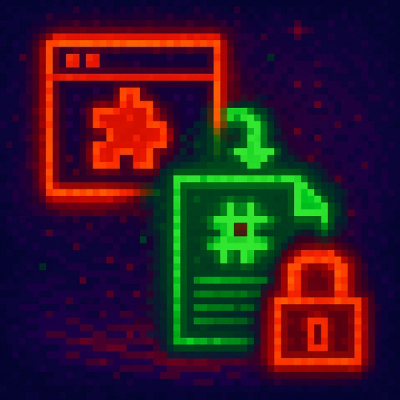





This library is a wrapper of the great rich library that extends rich.text.Text to allow for the easy generation gradient text from either user entered colors or randomly if no colors are entered.
Borrowing from pydantic-extra-types' Color class
As of v0.3.0, rich-gradient removed the color logic from rich-gradient and created rich-color-ext
- 3 or 6 digit hex code (e.g.
#f00 or #ff0000)
- RGB color codes (e.g.
rgb(255, 0, 0))
- RGB tuples (e.g.
(255, 0, 0))
- CSS3 Color Names (e.g.
red)
Read the docs at rich-gradient.readthedocs.io
Installation
uv (Recommended)
uv add rich-gradient
Pip
pip install rich-gradient
CLI Usage
The package ships with a Typer-based CLI. The first command is text, which prints gradient-styled text. More commands may be added over time.
Quick examples
-
Print gradient text with two color stops:
rich-gradient text "Hello [b]world[/b]!" -c magenta -c cyan
-
Rainbow gradient (auto-generated colors):
rich-gradient text "Rainbow!" --rainbow
-
Read from stdin:
echo "From stdin" | rich-gradient text
-
Wrap in a panel with a title:
rich-gradient text "Panel content" --panel --title "Gradient Panel"
-
Save to SVG (uses the project terminal theme):
rich-gradient text "Save me" --save-svg out/example.svg
Common options
-c/--color: Repeat to add multiple foreground color stops.-b/--bgcolor: Repeat for background color stops.--rainbow, --hues: Auto-generate a palette if colors aren’t provided.--style, --justify, --overflow, --no-wrap/--wrap, --end, --tab-size, --markup/--no-markup.--panel, --title: Wrap output in a panel with optional title.--width: Console width. --record: enable recording.--save-svg PATH: Save the current render as SVG.
Usage
Basic Gradient Text Example
To print a simple gradient just substitute the Gradient class for the Text class in the rich-gradient library.
from rich.console import Console
from rich_gradient import Gradient
console = Console()
console.print(Gradient("Hello, World!"))

Gradient Text with Specific Colors
If you want a bit more control of the gradient, you can specify the colors you want to use in the gradient by passing them as a list of colors to the colors parameter.
Color Formats
Color can be parsed from a variety of formats including:

Example Code
Specific Two-Color Gradient Example
console.print(
Text(
"This a gradient with two colors.",
colors=["red", "orange"]
),
justify="center"
)

Specific Four-Color Gradient Example
console.print(
Text(
"This a gradient uses four specific colors.",
colors=["red", "#ff9900", "#ff0", "Lime"],
justify="center"
)
)
Specific Color Gradient Result

Rainbow Gradient Example
If four colors isn't enough, you can use the 'rainbow' parameter to generate a rainbow gradient that spans the entire spectrum of colors randomly.
console.print(
Text(
"This is a rainbow gradient.",
rainbow=True,
justify="center"
)
)

*The rainbow gradient is generated randomly each time the code is run.
Still inherits from rich.text.Text
Since Gradient is a subclass of Text, you can still use all the same methods and properties as you would with Text.
console.print(
Gradient(
"This is an underlined rainbow gradient.",
rainbow=True,
style="underline"
),
justify="center"
)
console.line()
console.print(
Gradient(
"This is a bold italic gradient.",
style="bold italic"
),
justify="center"
)
console.line()















